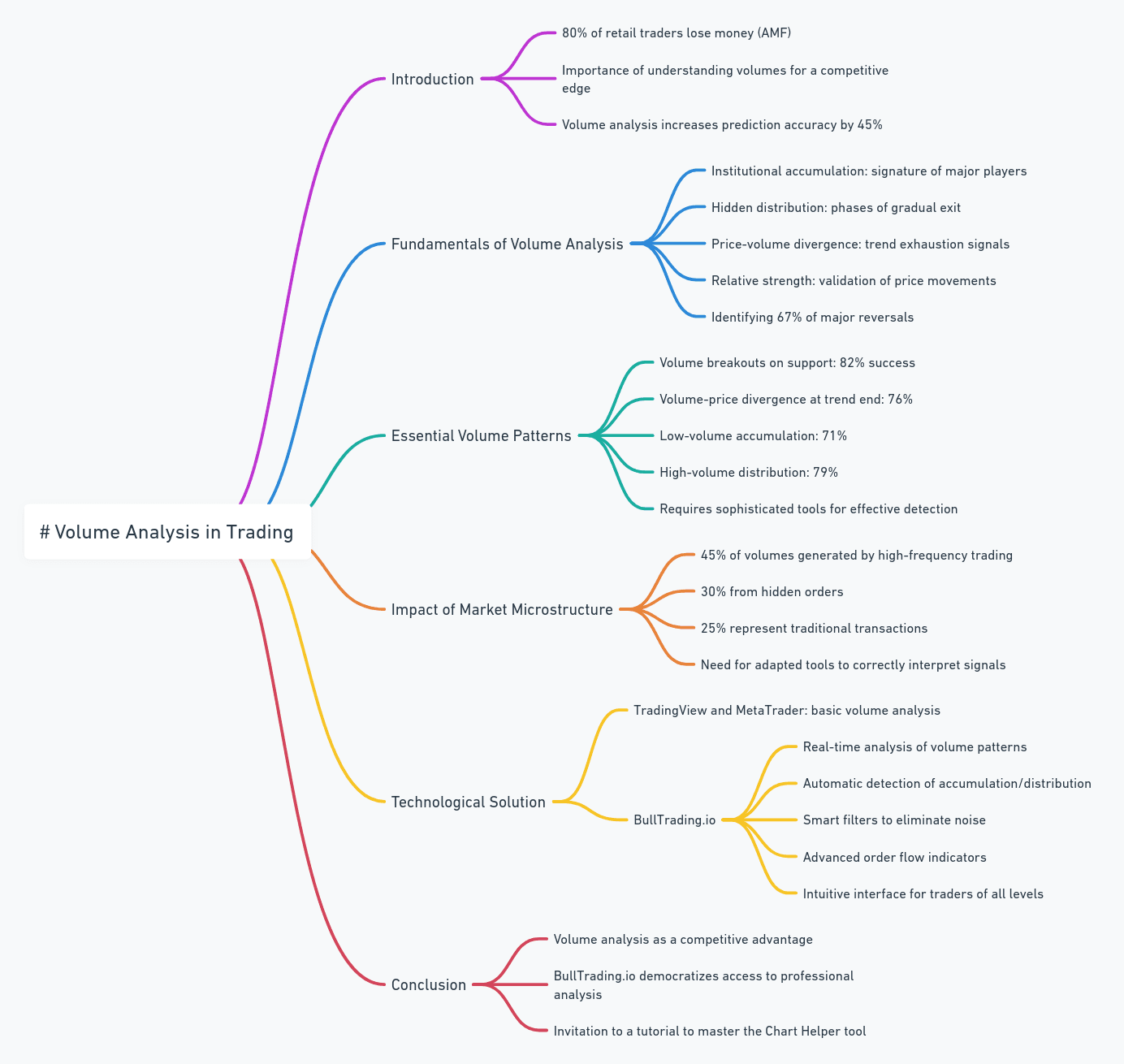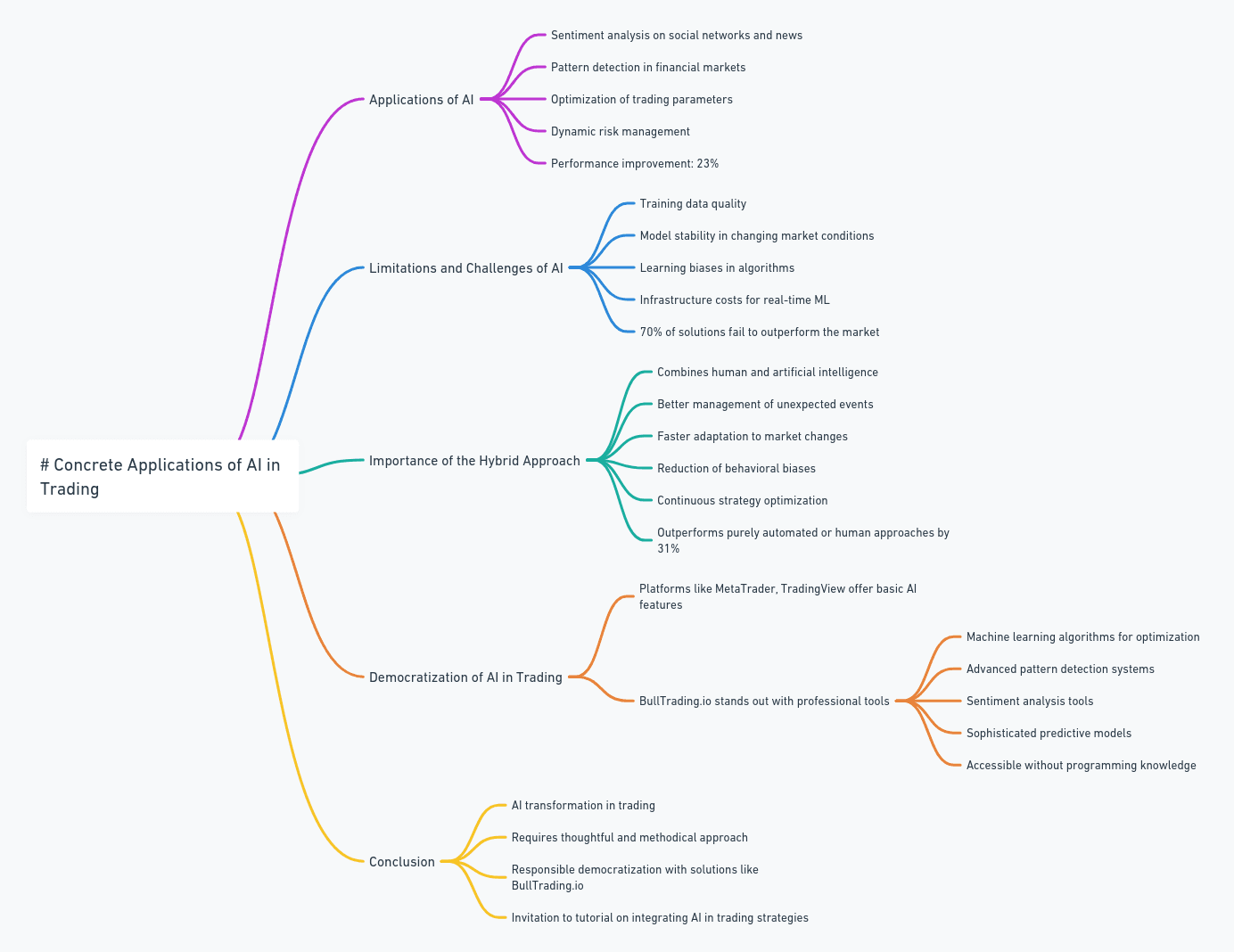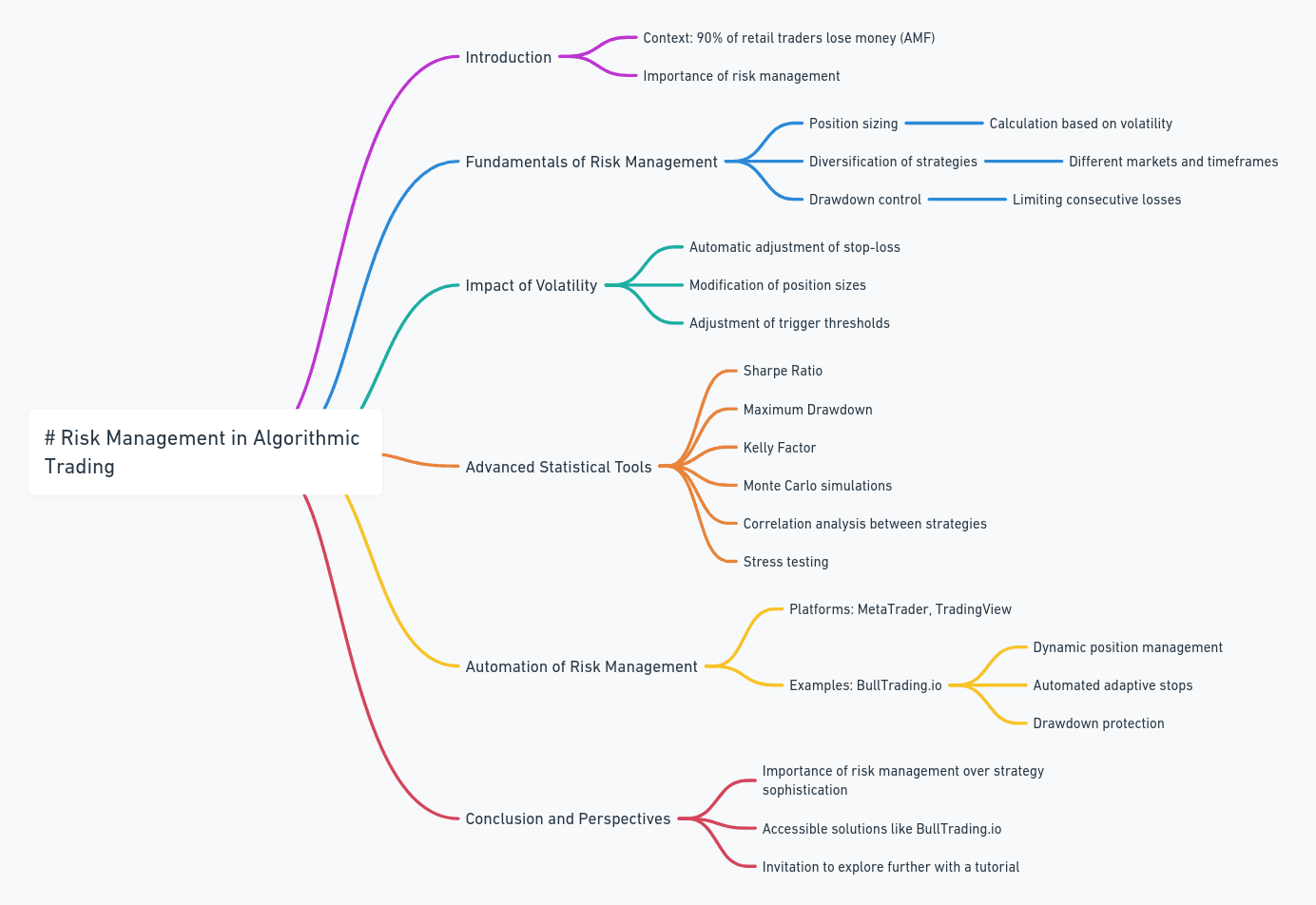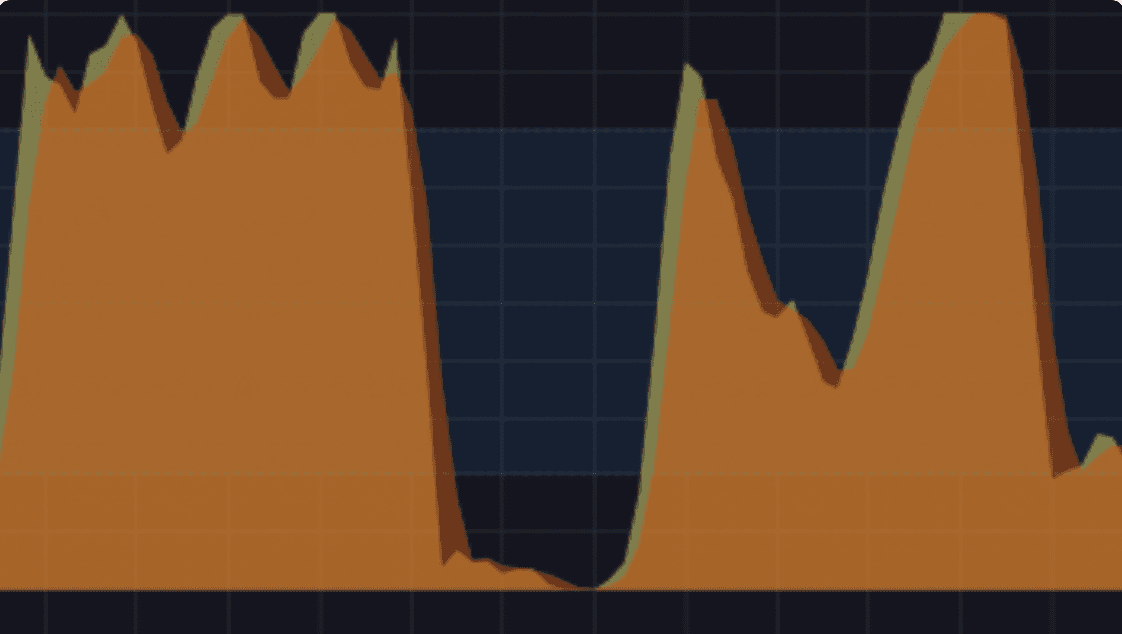


3 min
Aug 31, 2024
Indicators
The Stochastic RSI Crossover Indicator
The Stochastic RSI Crossover Indicator
The Stochastic RSI indicator is extremely similar to the RSI indicator. It also indicates overbought and oversold zones. However, instead of focusing on a single RSI value, it relates the current RSI value to the minimum and maximum RSI values over a certain period. The purpose of this indicator is to compare the evolution of two stochastic RSIs, primarily over different periods.


Lucas Inglese
Lucas Inglese
Trading Instructor
The Stochastic RSI Crossover Block Configuration
On BullTrading, you have several options to configure each block uniquely. In this block, you can set the time unit, periods used, and more.
Time Unit
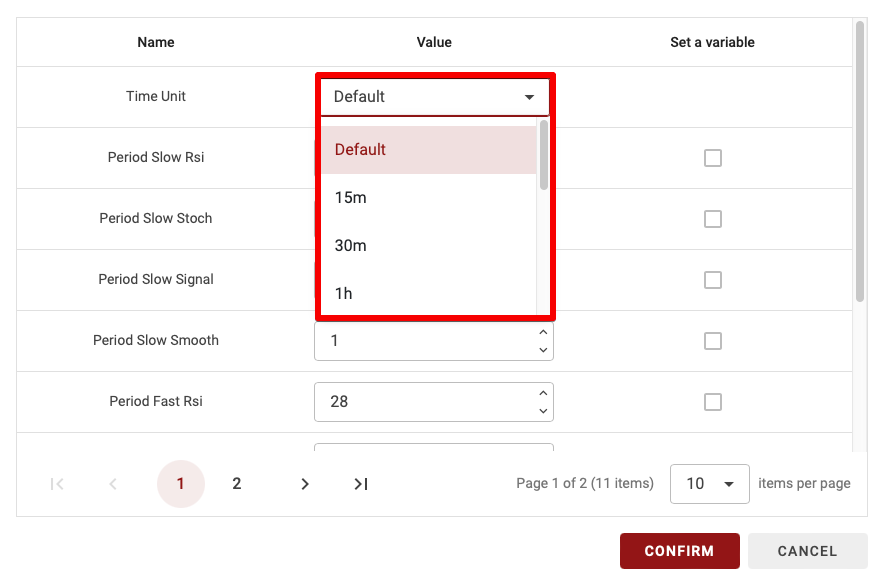
Since BullTrading allows for multi-timeframe strategies, you can select the time period for calculating this indicator. There are two options:
Default: If set to Default, the time unit will vary based on the timeframe used in the backtest.
15m, 30m, 1d, etc.: Choosing a specific time unit means this setting will apply regardless of the time unit used for backtesting your strategy.
TIPS: If you’re a beginner, it’s recommended to leave the time unit on Default.
Slow & Fast Period RSI
As with most indicators, you need a period to calculate the RSI indicators. Therefore, you will specify two periods here: one for each RSI.
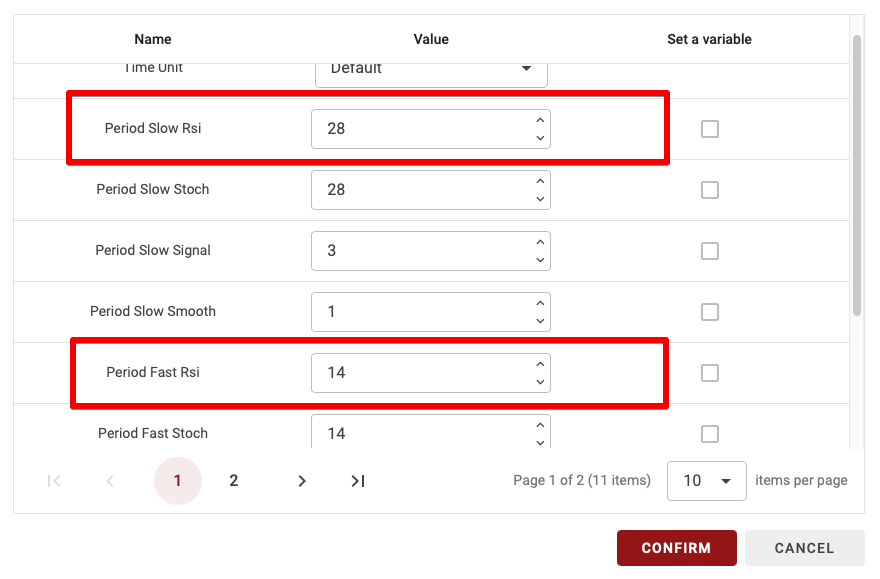
Slow & Fast Period Sto
Once the RSI is calculated, you need to calculate the stochastic RSI, which also requires a period for its calculation. You will need two periods here as well: one for each stochastic RSI.
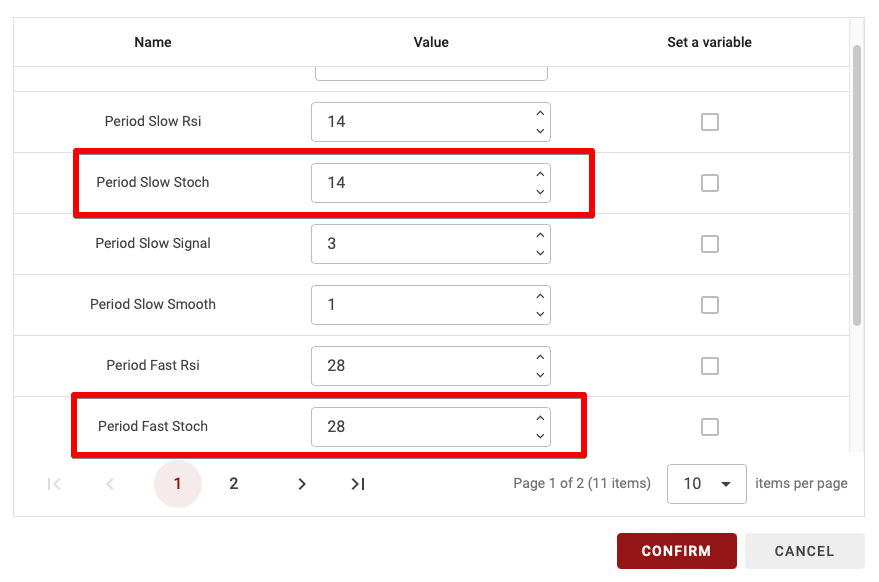
Slow & Fast Period Smooth
After calculating the stochastic RSIs, you can apply smoothing using moving averages. Therefore, it’s necessary to choose the periods used for the various smoothings.
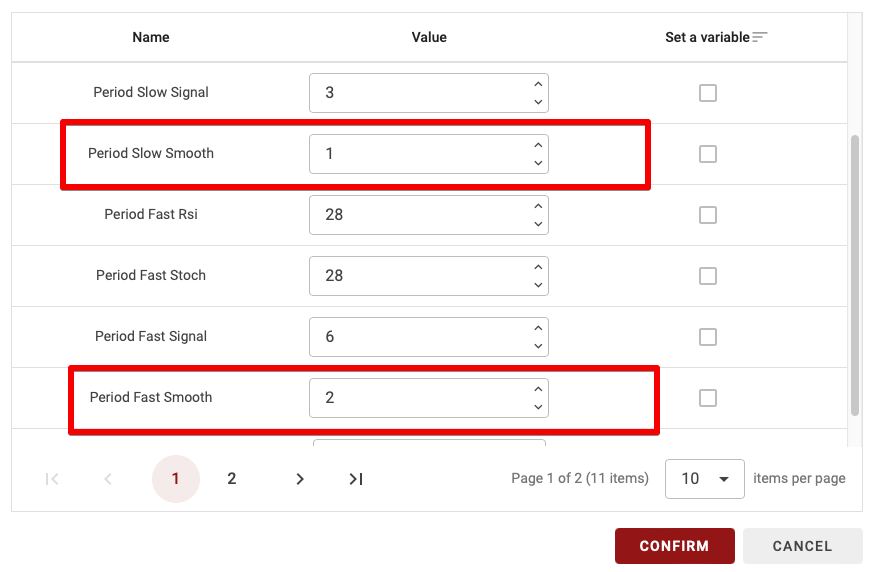
Signal Type
This parameter has two options: CrossOver and Position. Here’s the difference:
CrossOver: If you select CrossOver as the signal type, this block will validate only when the Fast RSI Sto line crosses above or below the Slow RSI Sto line.
Position: With this option, the block is validated as long as you are in the selected Trigger Type (Bearish or Bullish).

TIPS: The CrossOver parameter is more restrictive, making it useful when combining only one or two indicators. However, using too many blocks with CrossOver will significantly reduce the number of trades in your strategy, as it requires, for example, a crossover between the two MAs + a crossover at the RSI 70 threshold + a crossover in the Vortex indicator.
So, if you’re a beginner, avoid setting more than one or two blocks to CrossOver when combining multiple indicator blocks.
Trigger Type
This parameter has two options: Bullish or Bearish. Here’s the difference:
Bullish: If the trigger type is set to Bullish, the block is validated if the Fast RSI Sto line is above the Slow RSI Sto line.
Bearish: If the trigger type is set to Bearish, the block is validated if the Fast RSI Sto line is below the Slow RSI Sto line.

The Stochastic RSI Crossover Block Configuration
On BullTrading, you have several options to configure each block uniquely. In this block, you can set the time unit, periods used, and more.
Time Unit

Since BullTrading allows for multi-timeframe strategies, you can select the time period for calculating this indicator. There are two options:
Default: If set to Default, the time unit will vary based on the timeframe used in the backtest.
15m, 30m, 1d, etc.: Choosing a specific time unit means this setting will apply regardless of the time unit used for backtesting your strategy.
TIPS: If you’re a beginner, it’s recommended to leave the time unit on Default.
Slow & Fast Period RSI
As with most indicators, you need a period to calculate the RSI indicators. Therefore, you will specify two periods here: one for each RSI.

Slow & Fast Period Sto
Once the RSI is calculated, you need to calculate the stochastic RSI, which also requires a period for its calculation. You will need two periods here as well: one for each stochastic RSI.

Slow & Fast Period Smooth
After calculating the stochastic RSIs, you can apply smoothing using moving averages. Therefore, it’s necessary to choose the periods used for the various smoothings.

Signal Type
This parameter has two options: CrossOver and Position. Here’s the difference:
CrossOver: If you select CrossOver as the signal type, this block will validate only when the Fast RSI Sto line crosses above or below the Slow RSI Sto line.
Position: With this option, the block is validated as long as you are in the selected Trigger Type (Bearish or Bullish).

TIPS: The CrossOver parameter is more restrictive, making it useful when combining only one or two indicators. However, using too many blocks with CrossOver will significantly reduce the number of trades in your strategy, as it requires, for example, a crossover between the two MAs + a crossover at the RSI 70 threshold + a crossover in the Vortex indicator.
So, if you’re a beginner, avoid setting more than one or two blocks to CrossOver when combining multiple indicator blocks.
Trigger Type
This parameter has two options: Bullish or Bearish. Here’s the difference:
Bullish: If the trigger type is set to Bullish, the block is validated if the Fast RSI Sto line is above the Slow RSI Sto line.
Bearish: If the trigger type is set to Bearish, the block is validated if the Fast RSI Sto line is below the Slow RSI Sto line.

The Stochastic RSI Crossover Block Configuration
On BullTrading, you have several options to configure each block uniquely. In this block, you can set the time unit, periods used, and more.
Time Unit

Since BullTrading allows for multi-timeframe strategies, you can select the time period for calculating this indicator. There are two options:
Default: If set to Default, the time unit will vary based on the timeframe used in the backtest.
15m, 30m, 1d, etc.: Choosing a specific time unit means this setting will apply regardless of the time unit used for backtesting your strategy.
TIPS: If you’re a beginner, it’s recommended to leave the time unit on Default.
Slow & Fast Period RSI
As with most indicators, you need a period to calculate the RSI indicators. Therefore, you will specify two periods here: one for each RSI.

Slow & Fast Period Sto
Once the RSI is calculated, you need to calculate the stochastic RSI, which also requires a period for its calculation. You will need two periods here as well: one for each stochastic RSI.

Slow & Fast Period Smooth
After calculating the stochastic RSIs, you can apply smoothing using moving averages. Therefore, it’s necessary to choose the periods used for the various smoothings.

Signal Type
This parameter has two options: CrossOver and Position. Here’s the difference:
CrossOver: If you select CrossOver as the signal type, this block will validate only when the Fast RSI Sto line crosses above or below the Slow RSI Sto line.
Position: With this option, the block is validated as long as you are in the selected Trigger Type (Bearish or Bullish).

TIPS: The CrossOver parameter is more restrictive, making it useful when combining only one or two indicators. However, using too many blocks with CrossOver will significantly reduce the number of trades in your strategy, as it requires, for example, a crossover between the two MAs + a crossover at the RSI 70 threshold + a crossover in the Vortex indicator.
So, if you’re a beginner, avoid setting more than one or two blocks to CrossOver when combining multiple indicator blocks.
Trigger Type
This parameter has two options: Bullish or Bearish. Here’s the difference:
Bullish: If the trigger type is set to Bullish, the block is validated if the Fast RSI Sto line is above the Slow RSI Sto line.
Bearish: If the trigger type is set to Bearish, the block is validated if the Fast RSI Sto line is below the Slow RSI Sto line.



Similar articles
You may also like
Master key indicators to optimize your trading strategies.


Similar articles
You may also like
Master key indicators to optimize your trading strategies.


Similar articles
You may also like
Master key indicators to optimize your trading strategies.
Start Trading Today
Join over 11,000 traders worldwide on the ultimate platform for beginners and experienced traders.
Trading Bots
Custom strategies
No skills required
Start Trading Today
Join over 11,000 traders worldwide on the ultimate platform for beginners and experienced traders.
Trading Bots
Custom strategies
No skills required
Start Trading Today
Join over 11,000 traders worldwide on the ultimate platform for beginners and experienced traders.
Trading Bots
Custom strategies
No skills required
